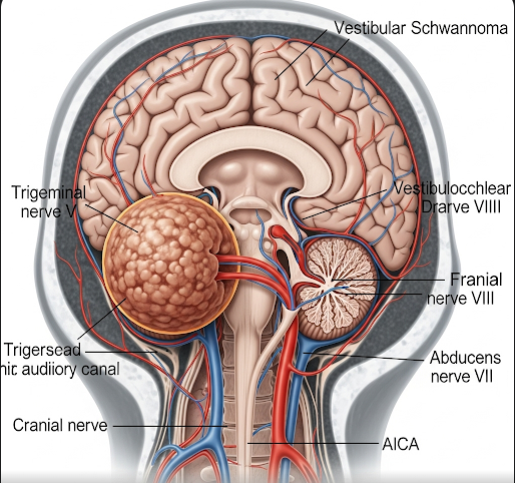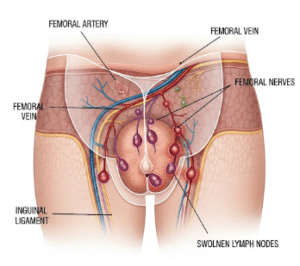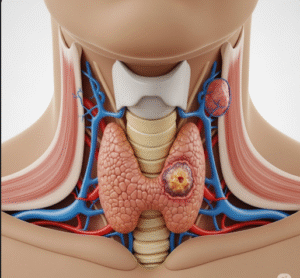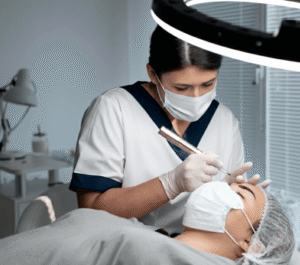Overview
Vestibular schwannoma, also known as acoustic neuroma, is a benign (non-cancerous) tumor that develops on the vestibulocochlear nerve, which connects the inner ear to the brain. This nerve is responsible for hearing and balance. Although slow-growing, vestibular schwannomas can cause hearing loss, balance problems, and other neurological symptoms due to pressure on adjacent nerves and brain structures. Early diagnosis and advanced treatment options in South Korea can help preserve hearing and improve quality of life.
What is Vestibular Schwannoma?
Vestibular schwannoma is a tumor arising from Schwann cells that form the protective sheath around nerves. It typically originates on the vestibular portion of the vestibulocochlear nerve. The tumor grows slowly and may remain asymptomatic for years before causing noticeable symptoms. Though benign, its location near critical brain areas means that growth can lead to complications requiring medical intervention.
Symptoms
- Gradual, unilateral hearing loss (usually in one ear)
- Tinnitus (ringing or buzzing in the ear)
- Balance problems or dizziness (vertigo)
- Fullness or pressure sensation in the ear
- Facial numbness or weakness (in advanced cases)
- Headaches or difficulty swallowing (rare)
Causes
- Most cases occur sporadically with no clear cause
- Genetic disorder called Neurofibromatosis type 2 (NF2) increases risk and causes bilateral tumors
- Schwann cell mutations leading to uncontrolled growth
Risk Factors
- Family history of NF2 or vestibular schwannoma
- Genetic predisposition
- Exposure to high-dose radiation to the head or neck (rare)
Complications
If untreated or growing large, vestibular schwannomas can cause:
- Significant hearing loss or complete deafness in the affected ear
- Persistent balance problems or falls
- Facial nerve damage leading to weakness or paralysis
- Brainstem compression causing serious neurological deficits
- Hydrocephalus (fluid buildup in the brain) in rare cases
Prevention
There is no known way to prevent vestibular schwannoma, but early detection through hearing tests and imaging can help manage the condition before complications develop. Regular monitoring is crucial for at-risk individuals.
Treatment Options in Korea
South Korea offers advanced multidisciplinary care for vestibular schwannoma:
- Observation (“watch and wait”) – For small, asymptomatic tumors with regular MRI monitoring
- Microsurgical removal – Precise surgery to remove the tumor while preserving nerve function, performed by experienced neurosurgeons
- Stereotactic radiosurgery (Gamma Knife) – A non-invasive focused radiation therapy to stop tumor growth
- Conventional radiotherapy – Fractionated radiation for larger or complex tumors
- Hearing rehabilitation – Hearing aids or cochlear implants if hearing loss is significant
- Comprehensive diagnostic imaging – High-resolution MRI and CT scans for accurate diagnosis and treatment planning
- Rehabilitation services – Balance therapy and facial nerve rehabilitation when needed













